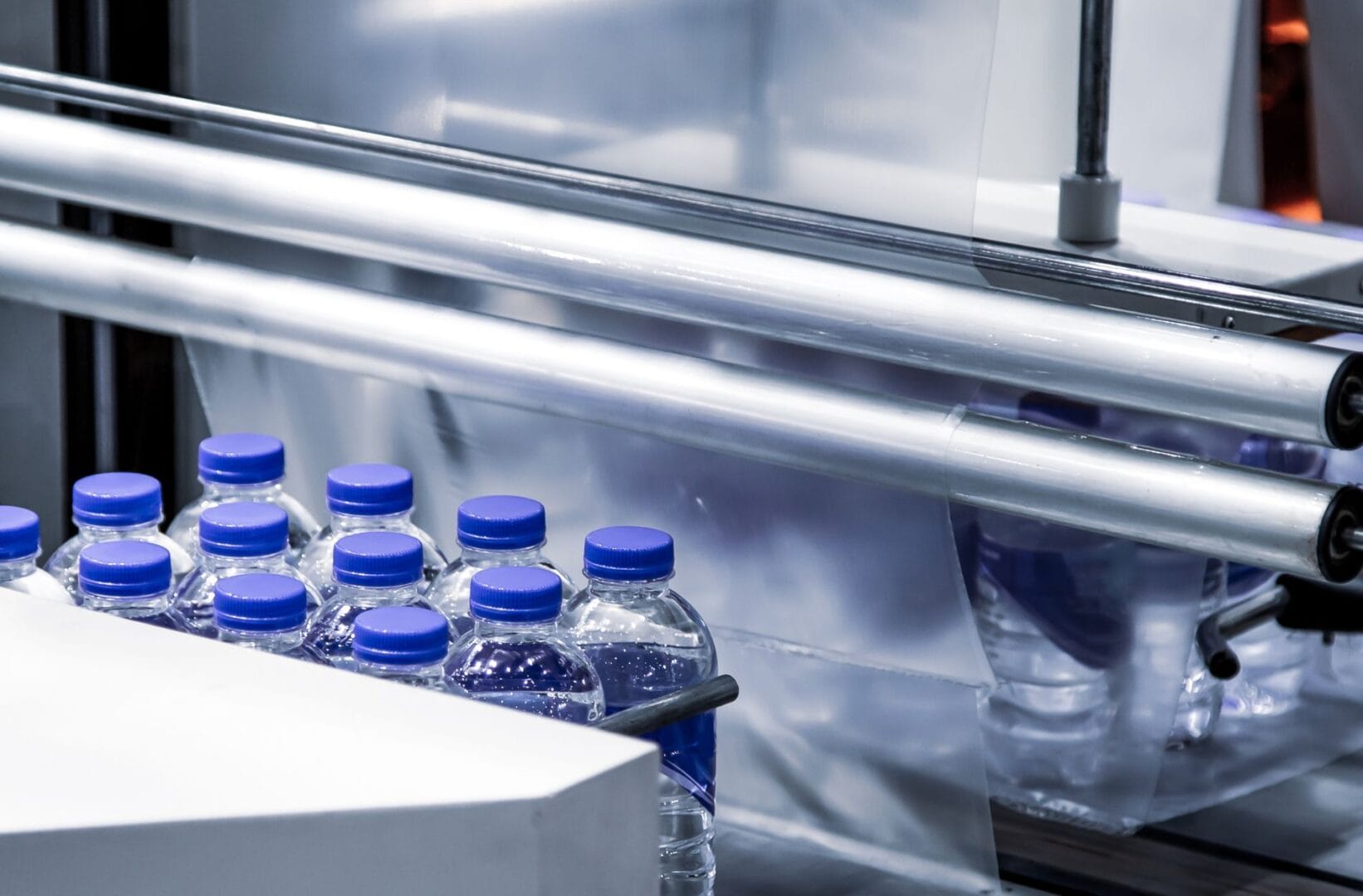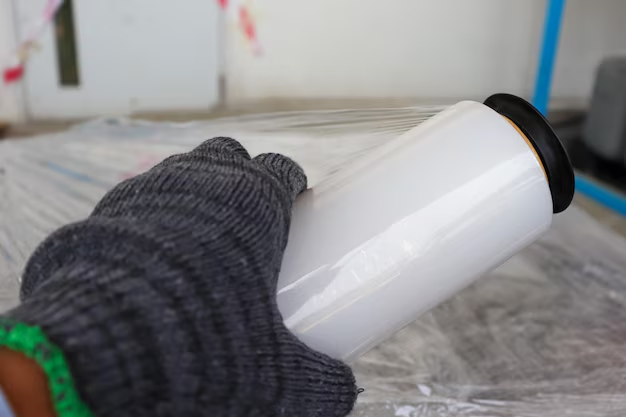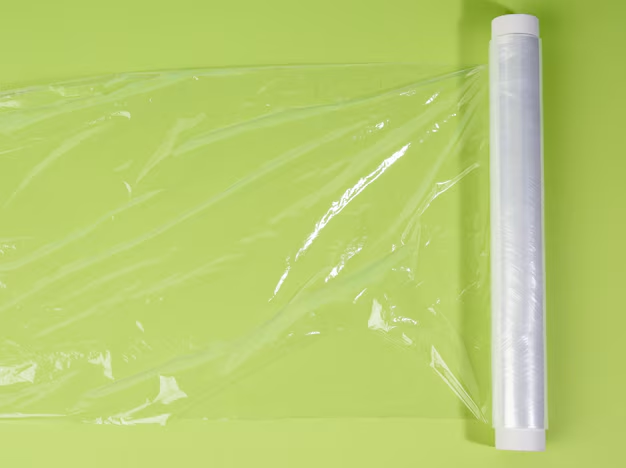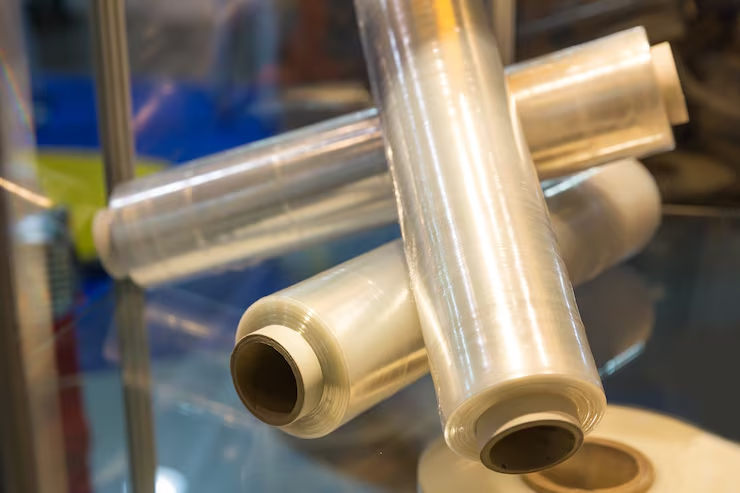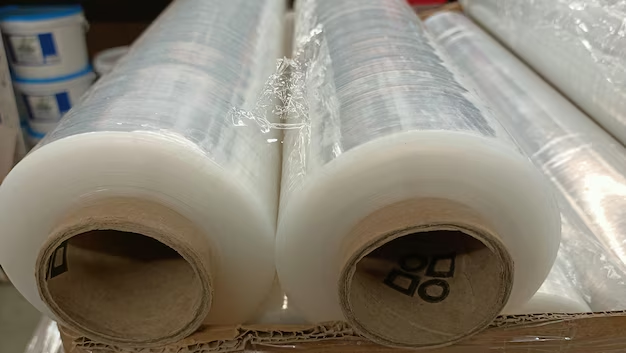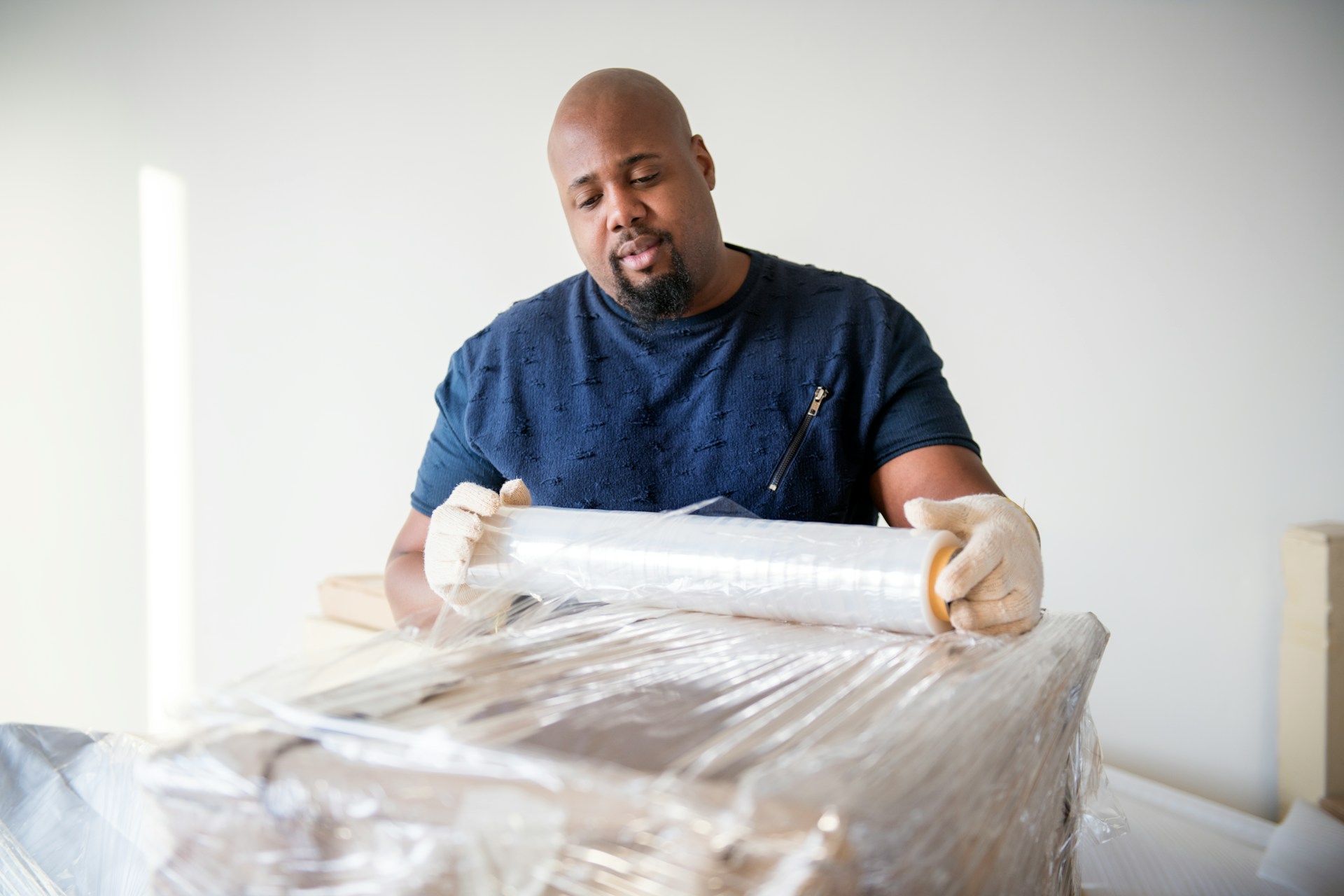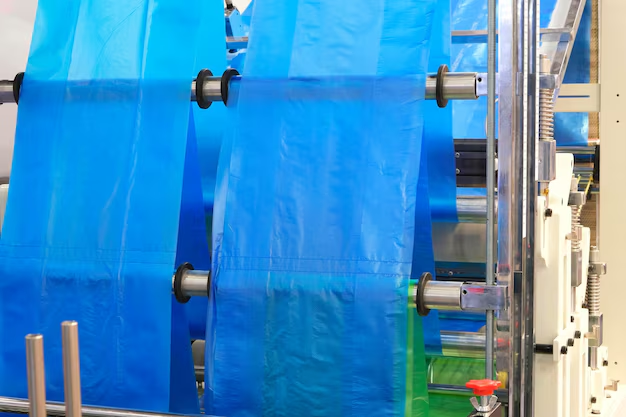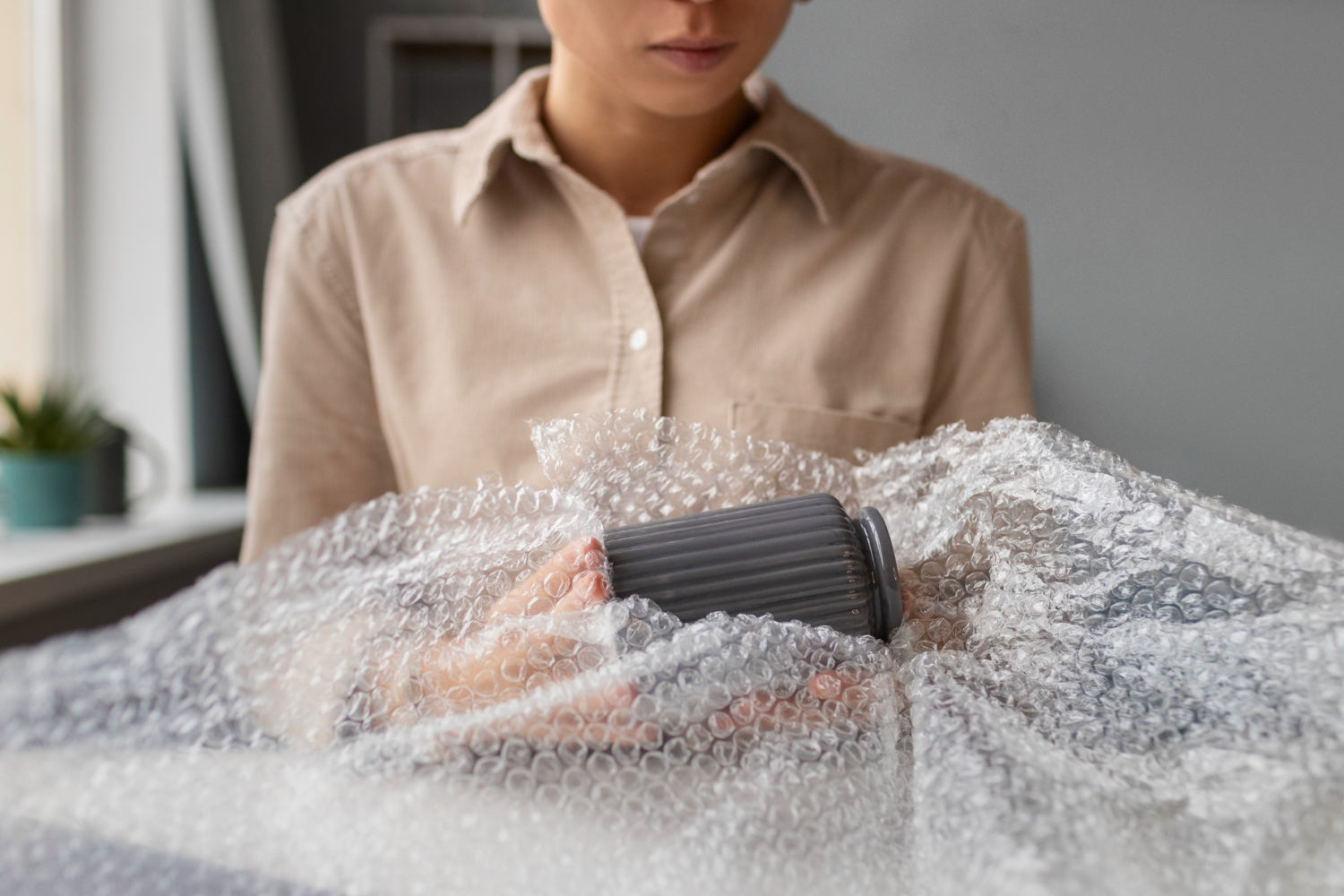Shrink wrapping film is a handy tool that plays a big role in protecting items from dust, moisture, and damage. Imagine wrapping up your favorite book before a rainstorm. A protective wrap keeps it dry and safe. This film works in much the same way, offering a shield to things ranging from boats to delicate electronics. The neat part is how versatile shrink wrap can be. Whether it’s for storage or transport, the film hugs tightly around items, making them secure and ready for whatever comes their way.
However, as helpful as shrink wrapping film is, many people face a few bumps when using it. Some common hurdles pop up, like getting the application just right. Sometimes the film doesn’t fit snugly, or it tears unexpectedly, leaving things exposed. Knowing these challenges is the first step in finding good solutions. The goal here is to share some straightforward tips and tricks to tackle these issues so that using shrink wrap becomes smoother and more effective.
Common Challenges with Shrink Wrapping Film
When it comes to shrink wrapping film, a few main challenges often arise. Understanding these can make a big difference in how effectively you use the film. Let’s take a closer look at them:
1. Improper Application: Sometimes, the film isn’t applied correctly, causing it to slip. Without a tight fit, it can’t do its job properly.
2. Tearing: This can happen if there’s too much tension or if the material being wrapped is too sharp. Tears compromise the protective layer, leaving items vulnerable.
3. Insufficient Coverage: At times, the film may not cover the entire item, exposing parts to potential harm. This often occurs when people cut corners to save film or time.
These issues usually happen due to either rushing the process or simply not knowing the right techniques. Often, using the incorrect type of film for your specific needs also contributes to these problems. Remember, each material has its strengths and weaknesses, and using the right one can make a world of difference.
Even though these problems can be frustrating, being aware of them means you’re already halfway to finding the best solutions. With a few adjustments and the right tools, many of these challenges are easily manageable. The key is in preparation and choosing the right materials for the job at hand.
Solutions for Proper Application
Applying shrink wrapping film correctly makes all the difference in achieving a smooth, protective finish. Start by ensuring the surface of the item is clean and dry, removing any dust or debris that might hinder the film from adhering properly. This step helps the film stick well and avoids bunching. Another trick is to measure carefully. A good rule of thumb is to allow a few extra inches of film around the item to ensure complete coverage. This approach minimizes gaps and ensures that everything is securely wrapped.
Here are some helpful tips for proper application:
– Use the right tools: Employ heat guns designed specifically for shrink wrap to evenly distribute heat and avoid overheating, which can cause tearing.
– Wrap tightly: Pull the film taut, but not too tight, to prevent it from tearing under stress. Wrapping evenly around the item helps maintain integrity without over-stressing any one area.
– Overlap edges: Make sure to overlap the film edges slightly. This helps in securing the seal and reducing exposure to weather conditions.
With these strategies, you can tackle improper application effectively, boosting the shrink wrap’s protective abilities.
Choosing the Right Shrink Wrapping Film
Picking the right shrink wrapping film tailored to your needs is vital for optimal results. Film comes in various types based on thickness, material, and application. Choosing poorly can lead to issues like tearing or inadequate protection. Identifying the right type of film requires considering both the object’s needs and the environment.
Think about the item you’re wrapping. For smaller items, a thinner film might suffice, while larger or heavier items could require a thicker, more durable option. Here are some types matched with purposes:
– Polyolefin Film: Flexible and durable, ideal for items requiring high clarity.
– PVC Film: Sturdy and cost-effective, suitable for non-consumable items.
– Polyethylene: Offers heavy-duty protection for large industrial and transportation applications.
Understanding these options allows you to make informed choices that cater to your specific needs, ensuring the best protection each time.
Maintenance and Inspection Tips
Once wrapped, maintaining and inspecting your shrink wrap is key to keeping it functional over time. Regular checks prevent minor issues from becoming expensive problems down the line. Inspect for small tears or weaknesses regularly, as these can expand, reducing protection.
Simple maintenance involves ensuring the edges are sealed, especially after moving or adjusting wrapped items. Reapply heat if needed to strengthen the seal. If you detect any damage, repairing it promptly with a patch of the same film type helps maintain the wrap’s effectiveness.
Apart from regular checks, storing the wrapped items under some form of cover when possible shields them from adverse weather conditions, prolonging the life of the wrap. By keeping an eye on potential issues and maintaining the shrink wrap diligently, you safeguard your items effectively.
Wrapping Up: Ensuring Effective Shrink Wrapping
Shrink wrapping, when done right, is a remarkable way to guard various items from damage. It starts with knowing the common challenges that come with using shrink wrapping film. From making sure the film is applied correctly to selecting the best type for your needs, each step is vital in providing that extra layer of care.
Through careful application and practical maintenance, shrink wrap can serve its purpose efficiently, giving you peace of mind. Consider seeking professional advice when the task feels too daunting, as this not only saves time but also ensures an expert’s touch in keeping your items in perfect condition.
Protecting your items with the right materials and techniques is key. Let Markley and Associates help you achieve peace of mind by choosing the best solutions for your needs. Explore our variety of options for shrink wrapping film to ensure your valuables remain safe and secure.
